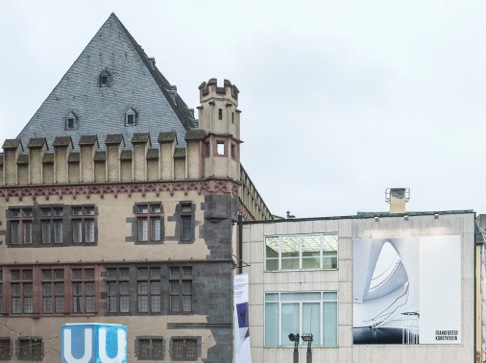Concepts of mimesis and their impacts and meanings in the present
23.02.2010
“Mimesis is a key term in European aesthetics. In the ancient times it was first understood as the portrayal of others by actors, then as a representation of mythology in the tragedy, and finally as the imitation of nature. Until the advent of the 20th century, the copying of nature had played a major role as artistic principle in art, literature and music. The artistic revolutions since the beginning of the 20th century, however dispelled this principle from the aesthetics, yet has begun to resurface in a fundamentally modified and contemporary form. The lecture points out the history of mimesis with the intention of presenting its renewed up-to-date status.” (Gunter Gebauer)
Prof. Gunter Gebauer (*1944) studied philosophy, general and comparative literature, linguistics and sports science in Kiel, Mainz and Berlin. In 1969 he completed his PhD with a thesis concerning Wittgenstein’s philosophy of language at Technical University Berlin and was appointed professor in 1975 with a thesis on the theory of comprehension at Technical University of Karlsruhe. In 1978 he responded to an invitation by the Freie Universität Berlin and has since been teaching and researching there as professor at the Institute of Philosophy. He is co-founder and spokesperson of the Interdisciplinary Centre for Historical Anthropology, head of the research project “Plays and games as performances of society” in the particular field of “Cultures of the Performative”, project leader of the Excellence Cluster “Languages of Emotion”. Historic anthropology, theory of language and social philosophy are central to his work.
His publications include: Mimesis. Kultur – Kunst – Gesellschaft (tog. with Ch. Wulf), Reinbek 1992; Spiel – Ritual – Geste. Das Mimetische in der sozialen Welt (tog. with Ch. Wulf), Reinbek 1998 and Mimetische Weltzugänge (tog. with Ch. Wulf), Stuttgart 2003.

